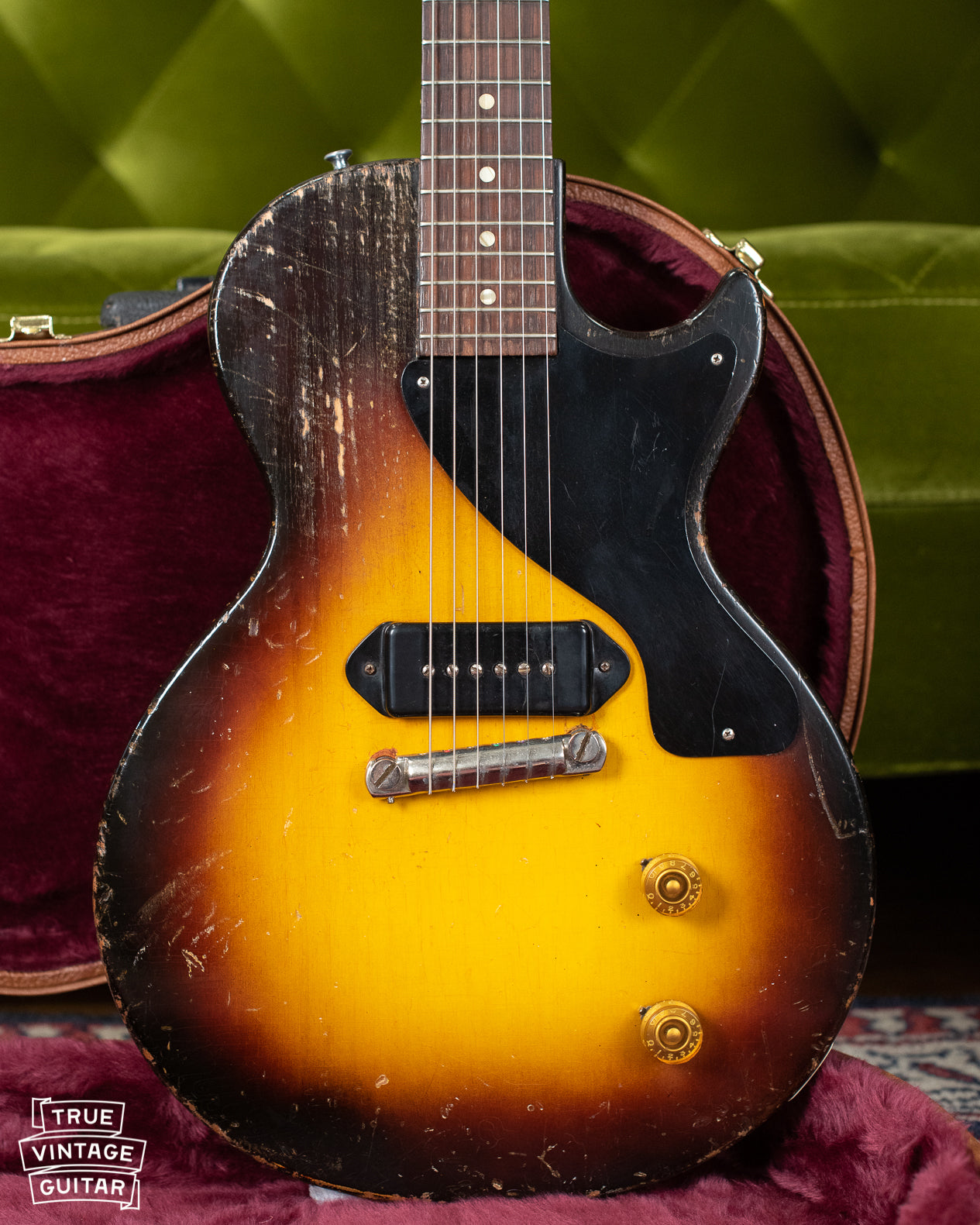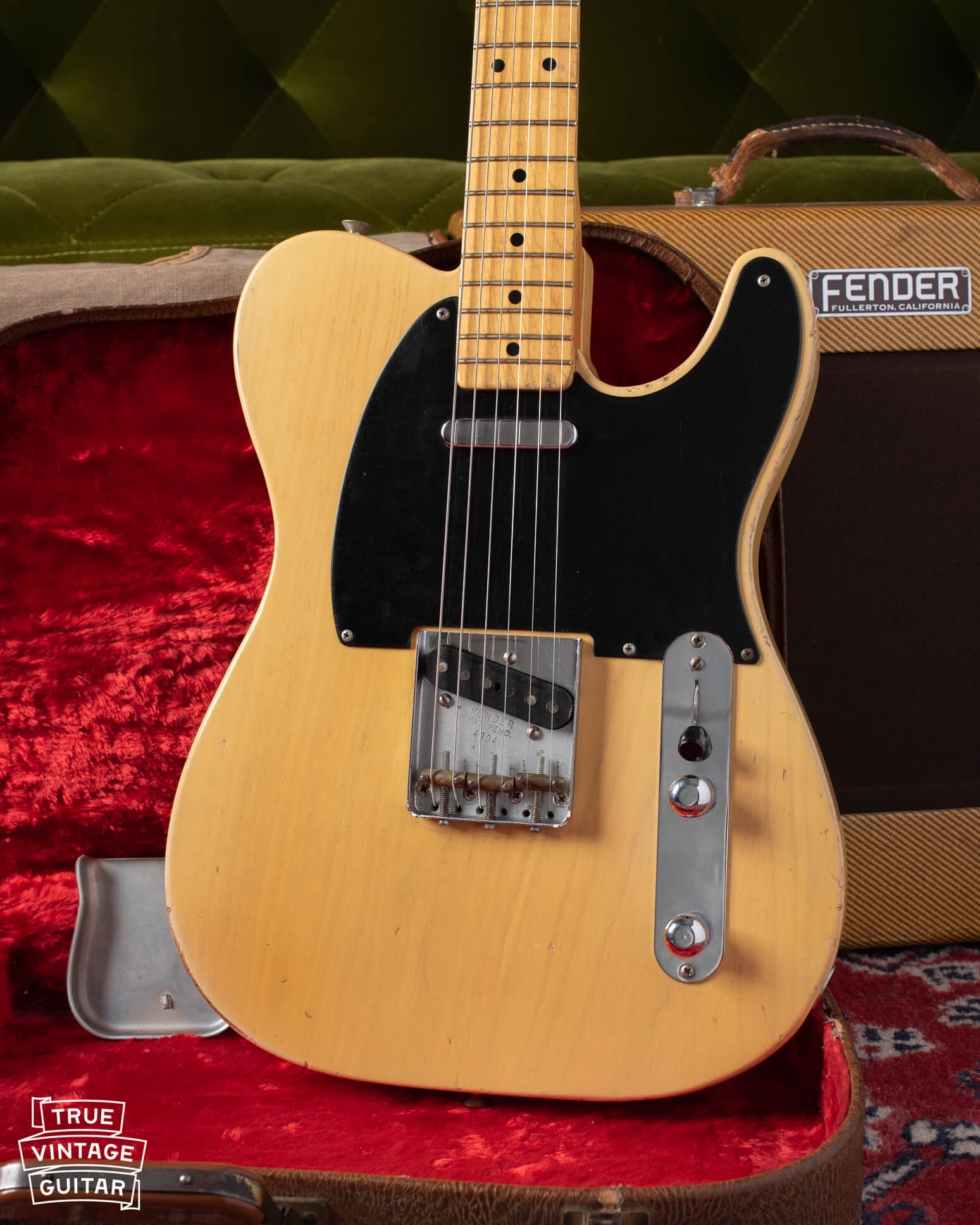Knowing how to date a Fender Jaguar is an important step to finding out how much it's worth. Fender Jaguar guitars from the 1960s and 1970s are constructed of parts that can be individually dated. Fender guitars are intended to be easily disassembled and repaired by musicians in the field which can also make dating Fender guitars a process. I get a lot of questions from guitar owners looking for help with dating their vintage Fender Jaguar guitars. I'm happy to check out your guitar so click the Contact Me button to send pictures and information about your vintage Fender Jaguar guitar.
Fender serial numbers are not the best way to date a Fender Jaguar since the serial numbers are not necessarily consecutive and they are on a metal plate that is easily swapped for a different number. The serial number is just one piece of the puzzle that is how to date a Fender Jaguar.
I buy vintage Fender Jaguar guitars and may be interested in buying yours if you would like to sell. You can reach out to me here to sell a Fender guitar.
3. Serial Numbers On Neck Plate
How to date a Fender Jaguar:
1. Neck and body dates
Fender utilized various signatures and stamps on the bodies and necks of Jaguars guitars to indicate what year and month they were made and by which employee. Fender Jaguars have two main date indicators: one stamped on the heel of the neck and one pencil signed in the tremolo cavity of the body (until about 1964 or so). Checking the neck heel ink stamp is best left to the Fender guitar experts but here are the steps I go through to inspect. I clamp the strings at the first fret with a capo and detune the strings all the way so there is no tension. I then hold the neck in place while removing the four screws holding the neck plate to the body. It's important to use a proper fitting screw driver for this. Here's what they look like:

This neck heel date stamp reads "1MAY62B" which should read accordingly: "1" = Jaguar model (not the day!), "MAY" = May month, "62" = 1962, "B" = standard nut width or 1 5/8". It's tempting to think that the first number may represent the day but it actually is a model code that indicates what model the neck is intended for.
Here's an example of a tremolo cavity pencil signature date indicating it was made during October of 1963:

2. Electronics and Pickups
The next step in how to date a Fender Jaguar guitar is to check the date codes on the electronics and the pickups. The potentiometers are the variable resistors that allow the player to adjust the volume and tone of the guitar through the amplifier. Potentiometers are made with manufacturer codes that indicate the manufacturer and what week of what year it was made. Here's an example that reads "304 6218" where 304 = Stackpole (manufacturer), 62 = 1962 year, and 18 = the 18th week of the year:

The Fender Jaguar's pickups may also have a date on the bobbin that indicates the day it was wound and by which employee. These dates are located on the bottom piece of the flat work and can be difficult to access. I don't recommend looking for this date unless you are very familiar with working on vintage guitars. Here's what a an October 23rd, 1966 date looks like on a vintage Jaguar pickup:

3. Jaguar Serial numbers:
It's important for the serial number to match within a range of the year of a Fender Jaguar, but it's not the only way to date a Jaguar. The problem with vintage Jaguar serial numbers is that they are found on an easily replaceable part and not necessarily applied to guitars in a consecutive order. A lower serial number does not always indicate an earlier guitar. There is a general pattern to the serial numbers so that's why I've included them here: Fender Serial Numbers.

4. General features
This section of how to date a Fender Jaguar could go on forever! There are many seemingly insignificant features on vintage Fender guitars that help inform the time period it was manufactured. Let's focus on one of these features which is the easiest to spot: fret markers on the neck.
Fender Jaguars were introduced in 1962 with cream colored fretboard markers that many collectors call "clay dots" and no fretboard binding. These clay dots were updated to pearloid in 1965. By late 1965, binding was added to the fretboard. Fender Jaguars were made with pearloid dots and binding from mid 1965 to mid 1965 with various overlap of styles. By late 1966, the pearloid dots were updated to large pearloid block fret markers for Rosewood fretboard guitars. A Maple fretboard with large black fretboard markers was offered but is a very rare features. Let me know if you have one like this to sell!
|
"Clay" dot fretboard markers (1962-1965):
|
Pearl dot markers with no binding (1965):
|
|
Pearl dots and binding (1965-1966):
|
Large pearloid block markers and binding (1966-1970s):

|
From a Fender Jaguar Collector
These are the primary steps I go through for how to date a Fender Jaguar guitar made in the 1960s or 1970s. Fender Jaguar dating often takes a Fender guitar expert's help so you can contact me if you'd like an extra set of eyes on your guitar. As a Fender Jaguar guitar collector, I'm always a Fender guitar buyer looking for the best examples of Fender Jaguars in all different colors. You can contact me here to sell a Fender guitar.







Comments
I recently purchased a 1969 Jaguar. It has a ‘68 neck plate. Some wires are cloth covered and some have plastic. The neck is stamped 15APR69B. No stamps or markings on the body other than a green stamp in neck pocket. It had a buckle guard on it originally that has left a residue all the way around the body. It was closet kept by the original owner since he graduated HS in 1979 as he quit playing!
Would love to talk more about this guitar.